
The best travel destinations on banknotes, from Mount Fuji to the Sphinx to Ha Long Bay – they’re right on the money
- If a tourist spot is on the money, chances are it’s worth a visit, be it a wonder of nature or a feat of human engineering and source of national pride
- We look at places on banknotes from Nepal to New Zealand and the Philippines to Peru for a different kind of travel checklist you can bet your bottom dollar on
You can be sure a tourist attraction has hit the big time when it appears on a banknote. Alpha destinations such as the Taj Mahal, Angkor Wat, Petra and the Eiffel Tower have all co-starred on currencies that also feature royalty and revolutionaries, scientists and suffragettes, poets and painters.
Here are some other natural wonders and man-made marvels that are right on the money.
The Chinese 20-yuan note depicts a fisherman on a bamboo raft floating down the Li River amid the otherworldly karst scenery near Xingping, in the Guangxi Zhuang autonomous region.
The scene means that now, river cruises from Guilin that putter past the beauty spot pause while passengers photograph a handheld banknote against the familiar backdrop.

Moraine Lake and the Valley of the Ten Peaks, in Banff National Park, appeared on Canadian 20-dollar bills from 1969 to 1979.
During the summer, glacial melt turns the lake a stunning shade of turquoise and on calm days the mirror-like reflection ensures that photos almost take themselves. Be warned, the car park fills up before sunrise – Parks Canada recommends visitors use the shuttle bus service.
The 2020 version of the 1,000-rupee note shows twin Asian tuskers Ram and Lakshman, who were born in Chitwan National Park.
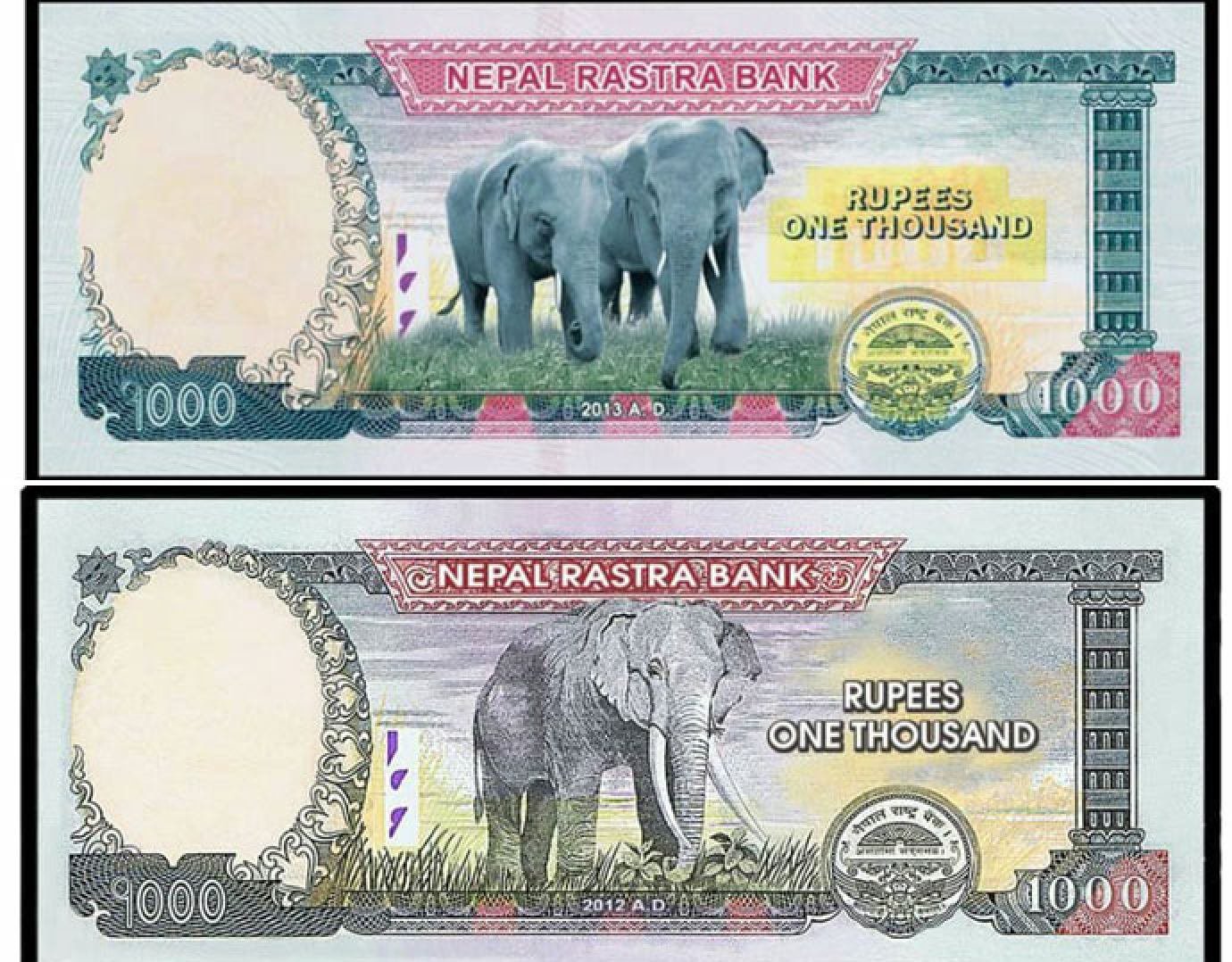


The Philippine 20-peso note depicts the Banaue Rice Terraces, which were carved into the mountains of Ifugao province some 2,000 years ago.
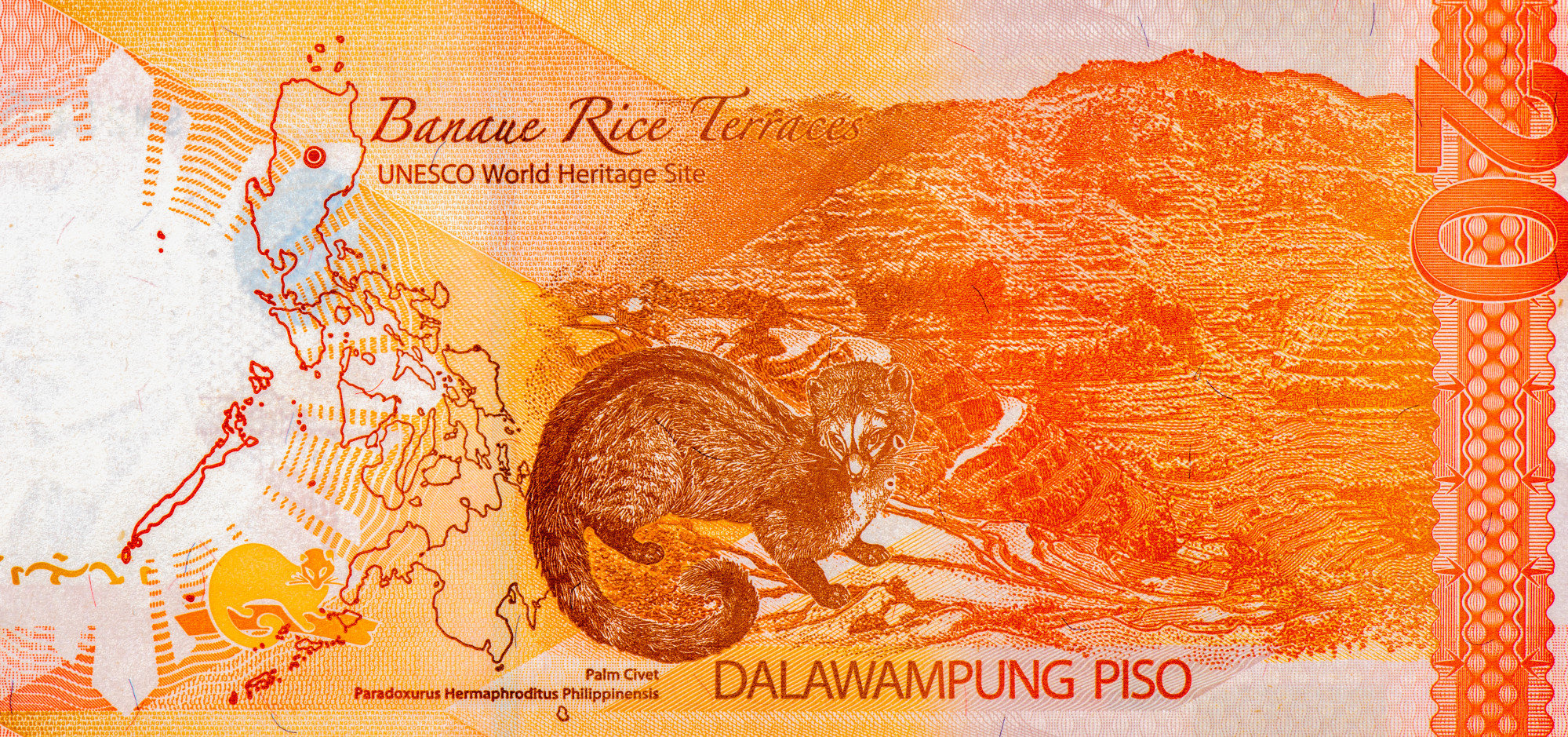
Flick through the brick of banknotes you receive from a Vietnamese money-changer and you’ll notice the lowest denomination notes celebrate industrial progress in the form of oil, gas and hydroelectric production.
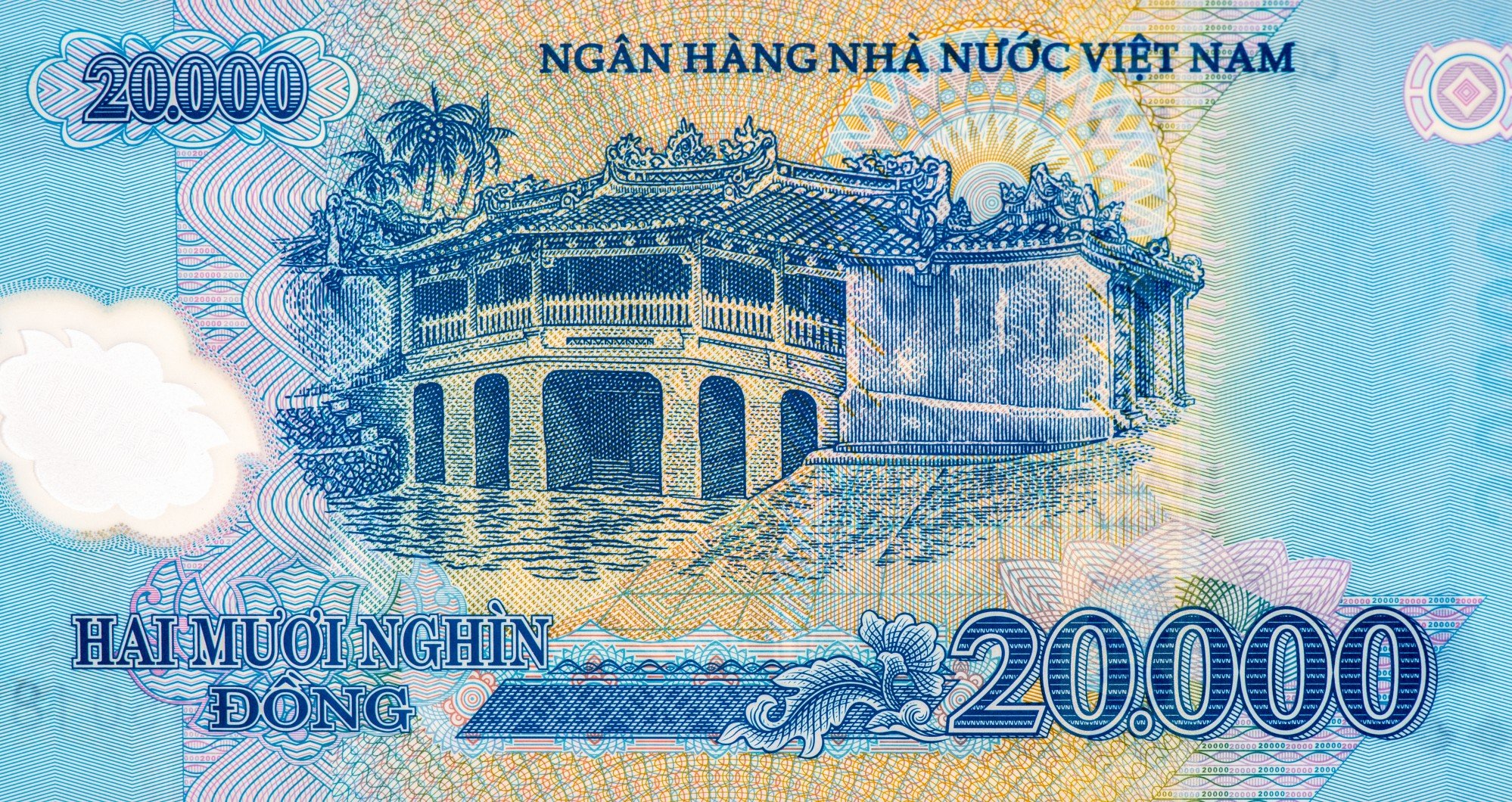

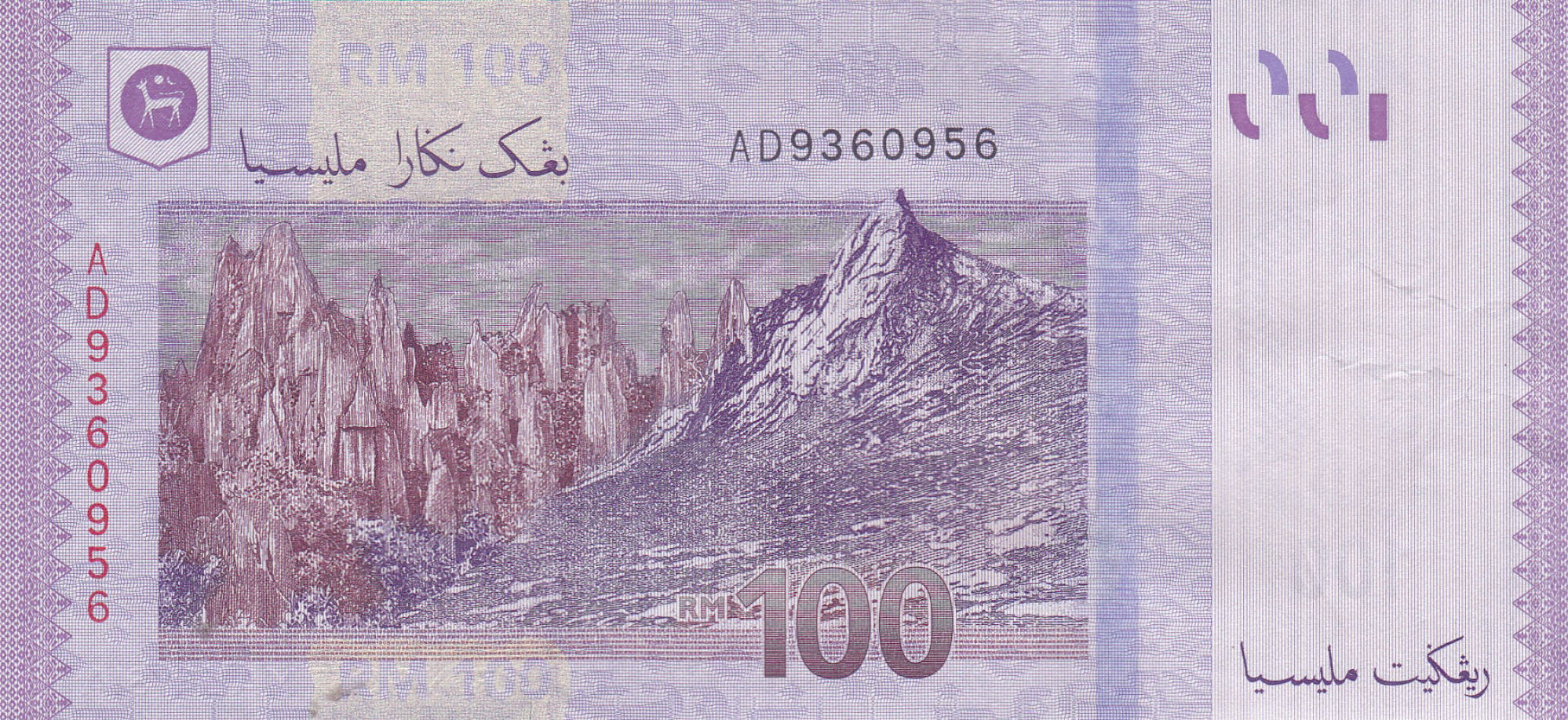
Bank Negara Malaysia has also managed to include two World Heritage sites on the reverse side of its 100-ringgit note.
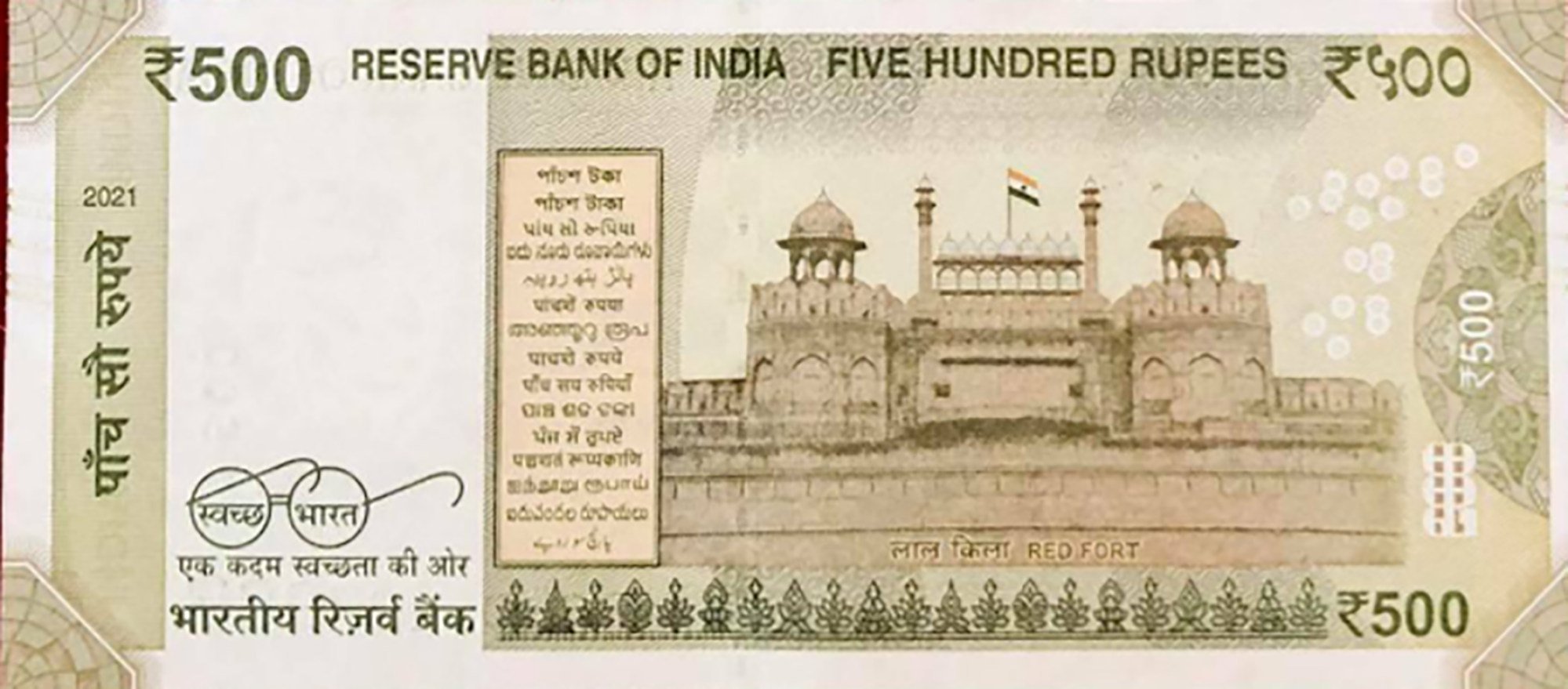
Every year on India’s Independence Day (August 15), the prime minister hoists the national flag and addresses the nation from the fort’s ramparts. The speech is followed by a military parade.
If you ever find yourself in possession of a Scottish banknote, your first concern will probably be whether you can convince a shopkeeper to accept it. The plastic cash is legal currency but not legal tender, which means it can be rejected as payment for debt.
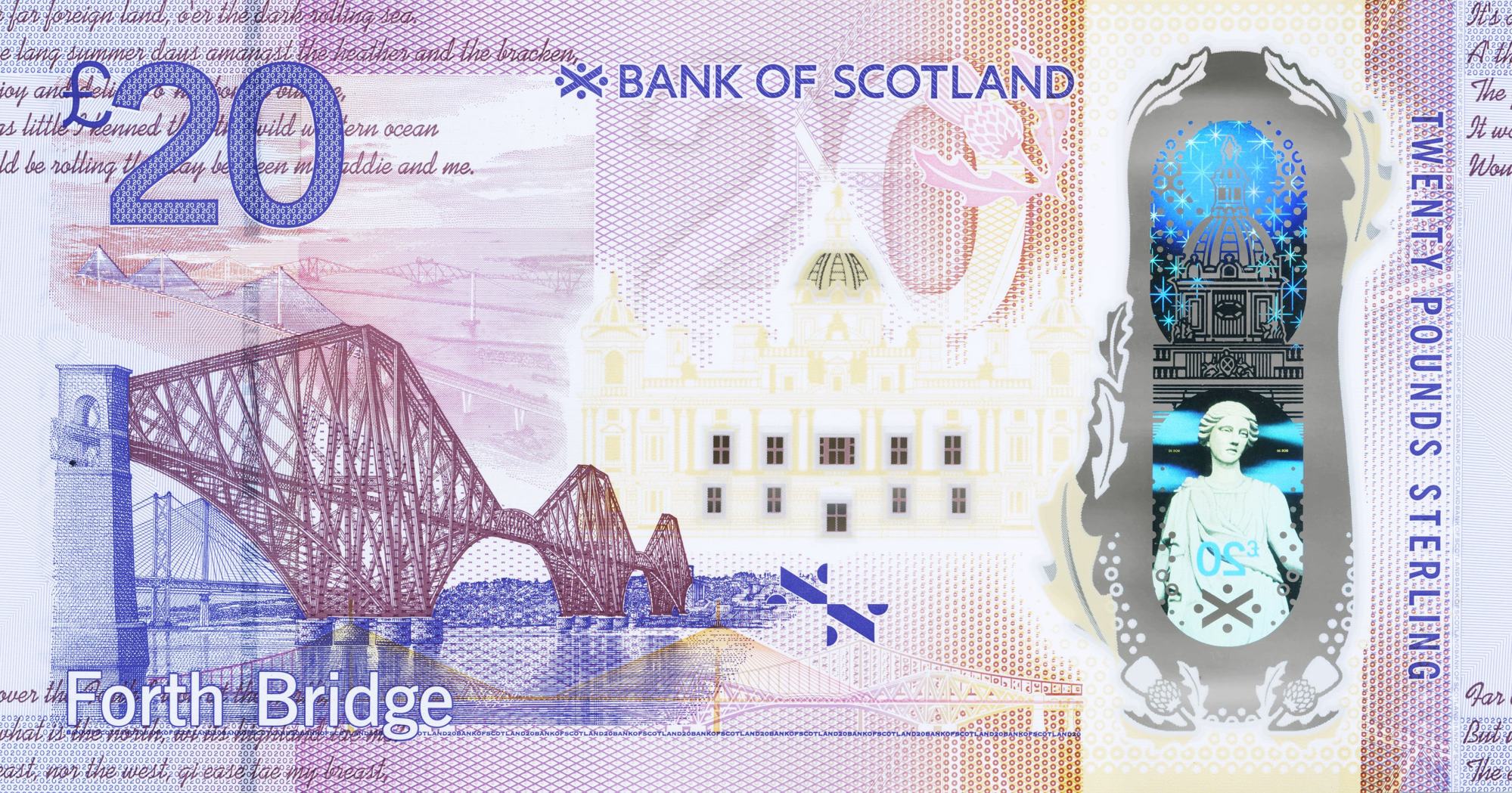
The £20 bill shows the Forth Bridge, the world’s first major steel structure and a source of national pride. The landmark and World Heritage site is held together by 6.5 million rivets, a similar number to that used to build the Sydney Harbour Bridge, and twice as many as were needed for the Eiffel Tower.
Despite being exceptionally well preserved, Machu Picchu’s purpose is still not understood – archaeologists debate whether it was a religious site, a royal retreat or an astronomical observatory.
Consider a reconnaissance trip before booking the real thing: a number of travel companies offer virtual tours conducted by local guides who will show you around the ruins without you having to leave the comfort of your sofa.

Egypt isn’t short of options when it comes to decorating its pounds and piastres. Banknotes have an Arabic face and an English face. The former includes images of Islamic buildings while the latter is devoted to ancient Egyptian statues, temples and engravings of figures.
Also in Africa, the Chiremba Balancing Rocks have shown up on every Zimbabwean bill minted by the central bank, from independence in 1980, until the issue of a 100 trillion dollar note at the peak of hyperinflation in 2008.

The battered currency was ditched a year later in favour of the US greenback, only to return as legal tender in 2019.
The balancing rocks, which have proved to be far more stable than the economy, are located in Epworth, a suburb of the capital, Harare. And those multitrillion-dollar notes? They’re long gone – unless you’re lucky on eBay.

